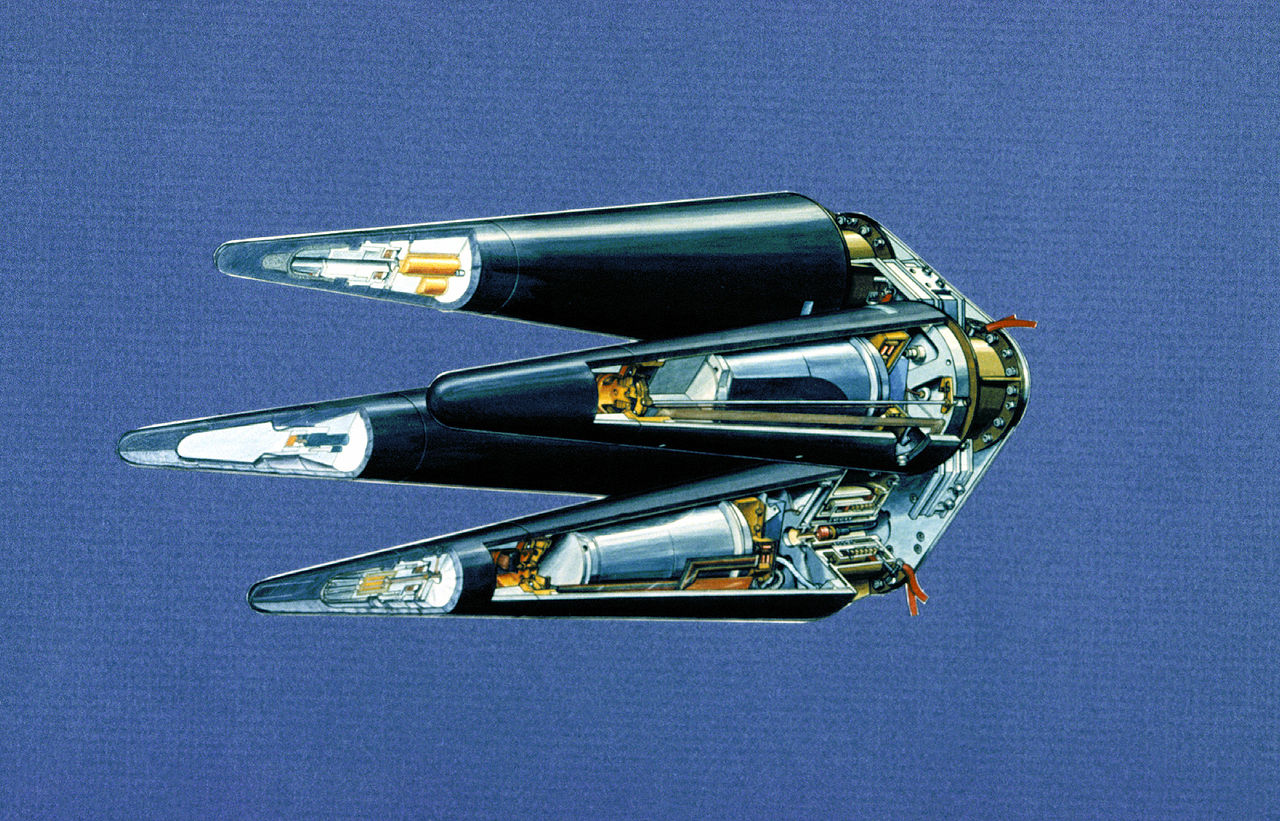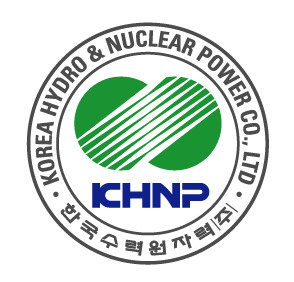
Blog
-
Geiger Readings for December 24, 2014
Ambient office = 128 nanosieverts per hourAmbient outside = 89 nanosieverts per hourSoil exposed to rain water = 92 nanosieverts per hourRed seedless grapes from Central Market = 114 nanosieverts per hourTap water = 115 nanosieverts per hourFiltered water = 84 nanosieverts per hour -
Nuclear Weapons 115 – China and India Are Working On MIRV Systems for Their Nuclear Arsenals
I have often blogged about nuclear weapons. The U.S. has about two thousand deployed nuclear warheads and Russia have about sixteen hundred deployed nuclear warheads. Britain has one hundred and sixty, , France has about three hundred. China has two hundred and fifty warheads but has not deployed them, Pakistan has about a hundred undeployed , India has about a hundred undeployed and Israel has eighty undeployed warheads. It is estimated that it would only take the detonation of about a hundred warheads to bring on a nuclear winter and end human civilization. Iran may be working on nuclear warheads and North Korea has a few. Many officials of nuclear nations claim to be dedicated to nuclear disarmament but both the U.S. and Russia are spending huge amounts of money to upgrade their nuclear arsenals. Other countries are busy building more nuclear warheads and improving their delivery systems.
China and India are working on deploying multiple independently targetable reentry (MIRV) vehicles on their ballistic missile fleets. Some experts believe that this will have a major impact on the international relations of the region and, indeed, the world. Some think that this effort on the part of China and India may be the most significant and yet the least reported escalation of the dangers of global nuclear war.
As the name implies, MIRV systems allow a single missile to carry several separate nuclear warheads which can each be sent to a different target. Having multiple warheads on one missile allows a country to fire far fewer missiles to eliminate the same number of enemy targets. The MIRVs also make it much more difficult for a anti-ballistic missile defense system to protect the target country. Multiple warheads could also be sent to the same target which would make that target harder to defend and increase the chances of destruction.
A big concern about the deployment of MIRV systems is that they would be very useful in a surprise “first strike” attack. This means that if your enemy or potential enemy has MIRV systems, then you had better have take counter measures such as increasing the size of your arsenal, adopting MIRV and dispersing your missile force to make it harder to take out in a first strike.
With the historical antagonism between China and India, the simultaneous adoption of MIRV systems by both countries destabilizes the current nuclear standoff. If history is a guide, both China and India will be motivated to significantly increase the size of their nuclear arsenals. The current “no first use” of nuclear weapons policies of both countries may be abandoned.
In addition to altering the relationship with China, India’s MIRV deployment will also inevitably impact their relationship with Pakistan. Now Pakistan has to be worried about losing nuclear parity with India. They will be motivated to increase their nuclear arsenal. In addition, if they disperse their nuclear warheads, this will increase the chances of terrorists or rebels gaining control of a nuclear warhead. I think everyone would agree that this would be a very bad idea.
Russia depends on its nuclear arsenal to intimidate rivals such as China. If China ramps up production of MIRV warheads and Russia’s current huge warhead advantage disappears, this will have a huge impact on Russian military planning. It is conceivable that the Russians might feel compelled to cancel their treaties with the U.S. with respect to nuclear arms production. And if this happened, the U.S. would have to respond. Oh, wait. The U.S. and Russia ARE upgrading their nuclear arsenals. This is a very bad development for the world and a threat to human civilizations. There are a lot of other things that could destroy us. Let it not be we who commit suicide.
Artist’s concept of a MIRV with four warheads:
-
Radiation News Roundup December 23, 2014
The government said it will declare that all remaining designated radiation hot spots in residential areas in Fukushima Prefecture are safe for residents. japantimes.co.jp
EnBW will sue its 46% owner, the state of Baden-Württemberg, as well as the German federal government, over the unlawful shutdown of two reactors in 2011. world-nuclear-news.org
-
Geiger Readings for December 23, 2014
Ambient office = 129 nanosieverts per hourAmbient outside = 97 nanosieverts per hourSoil exposed to rain water = 85 nanosieverts per hourButton mushroom from Central Market = 81 nanosieverts per hourTap water = 124 nanosieverts per hourFiltered water = 117 nanosieverts per hour -
Nuclear Reactors 188 – South Korean Nuclear Power Company Hacked
Cyberwar has been in the news a lot lately. The recent hacking of Sony Pictures and the withdrawal of the movie the “Interview” have spawned many debates about the dangers of cyberattacks. When the hackers threatened to bomb movie theaters, the Department of Homeland Security became involved. While attacks on corporations and government agencies are troubling, the real danger lies in cyberattacks on our financial systems and on utilities. We are living in a house of cards with respect to the security of our computers and communication systems.
Lately there has also been a great deal of concern over the dangers represented by nuclear reactors in a theater of war. They would represent idea targets for terrorists. They might be abandoned during a conflict and proceed to have a major nuclear accident. Either side in a conflict could occupy a nuclear power plant, inviting assault by the other side. A reactor could be hit by an artillery shell by accident or on purpose. And, finally, in keeping with the theme of this article, a nuclear reactor could suffer a cyberattack that could result in a nuclear catastrophe.
This idea is not just theoretical. Several years ago, the Iranian computer systems controlling their nuclear research were hit by the Stuxnet virus which interfered with industrial processes and damaged some equipment. Many experts think that the Stuxnet virus was created and released as a collaboration between the U.S. and Israel to prevent Iran from obtaining a nuclear weapons capability. So there is a precedent for cyberattacks on an opponent’s nuclear facilities.
The war between North Korea and South Korea never officially ended. N.K. has a huge standing army and maintains a belligerent attitude toward the South to this day, sixty years after the fighting in Korea War stopped. N. K. has been blamed for the Sony hacking but the evidence seems to be thin. In any case, one of the reasons that attention has been focused on N.K. is because some of the computer code uncovered in the Sony hack was very similar to N.K code that was discovered in a hack of the S.K. financial sector.
S. K. has twenty three operating nuclear reactors. They have just announced that the Korea Hydro and Nuclear Power Company, Limited (KHNP) suffered a cyberattack but they say that “only non-critical data has been lost and there is no risk to the safety of South Korean nuclear installations.”
Authorities in S.K. are carrying out a criminal investigation of the theft of KHNP internal documents. Some of the stolen information has already been released including blueprints of some nuclear reactors, electricity flow charges and radiation exposure estimates. The attackers claim affiliation with anti-nuclear groups and are threatening to release more internal documents from KHNP unless three aging nuclear reactors in S.K. are immediately shut down and decommissioned.
S.K. claims that the control systems of its nuclear power reactors are designed to prevent any cyberattack that could threaten the safe operation of the reactors. They say that the nuclear power reactors computer control systems are completely separate and isolated from any outside influence such as a cyberattack. Perhaps that is true in S.K. but what about all the other countries that have nuclear power reactors? It is important that we do a better job of protecting our IT infrastructure from cyberattacks in general. But the danger of a cyberattack on a nuclear power plant must be minimized as much as possible as soon as possible. If only one plant was seriously compromised anywhere in the world by a cyberattack, public opinion and investor interest would quickly turn against nuclear power in general.
-
Radiation News Roundup December 22, 2014
Japan officials reveal Fukushima radiation release quadruple what they claimed. enenews.com
China’s experimental sodium-cooled nuclear power plant, a 65-megawatt prototype, has been up and running at full capacity for three days as of late last week. nuclearstreet.com
Sweden’s nuclear regulator has instructed operator OKG to submit its next safety assessment for Oskarshamn 2 in 2017, three years earlier than scheduled, because of shortcomings in its previous submission. world-nuclear-news.org
The Swedish government has backed the nuclear regulator’s recommendation for an almost doubling of the fees paid by utilities into the country’s nuclear waste fund over the 2015-2017 period. world-nuclear-news.org
-
Geiger Readings for December 22, 2014
Ambient office = 91 nanosieverts per hourAmbient outside = 98 nanosieverts per hourSoil exposed to rain water = 83 nanosieverts per hourVine ripened tomato from Central Market = 96 nanosieverts per hourTap water = 120 nanosieverts per hourFiltered water = 90 nanosieverts per hour -
Geiger Readings for December 21, 2014
Ambient office = 67 nanosieverts per hourAmbient outside = 117 nanosieverts per hourSoil exposed to rain water = 111 nanosieverts per hourIceberg lettuce from Central Market = 120 nanosieverts per hourTap water = 103 nanosieverts per hourFiltered water = 89 nanosieverts per hour -
Radiation News Roundup December 20, 2014
Draft hints at replacing decommissioned Japanese nuclear reactors with new ones. mainichi.jp
North Korea has vowed to increase “efforts to bolster up in every way its capability for self-defense including nuclear force”, its foreign ministry said on Saturday (Dec 20). channelnewsasia.com
Peoples Movement Against Nuclear Energy, spearheading the protests against the Kundankulam nuclear plant, today asked political parties in the state to take a stand against proposed new reactors at the site. economictimes.indiatimes.com
The Tokyo Electric Power Co (TEPCO) has cleared radioactive fuel rods from one of four heavily damaged reactor buildings at Japan’s tsunami-battered Fukushima nuclear power plant. channelnewsasia.com





